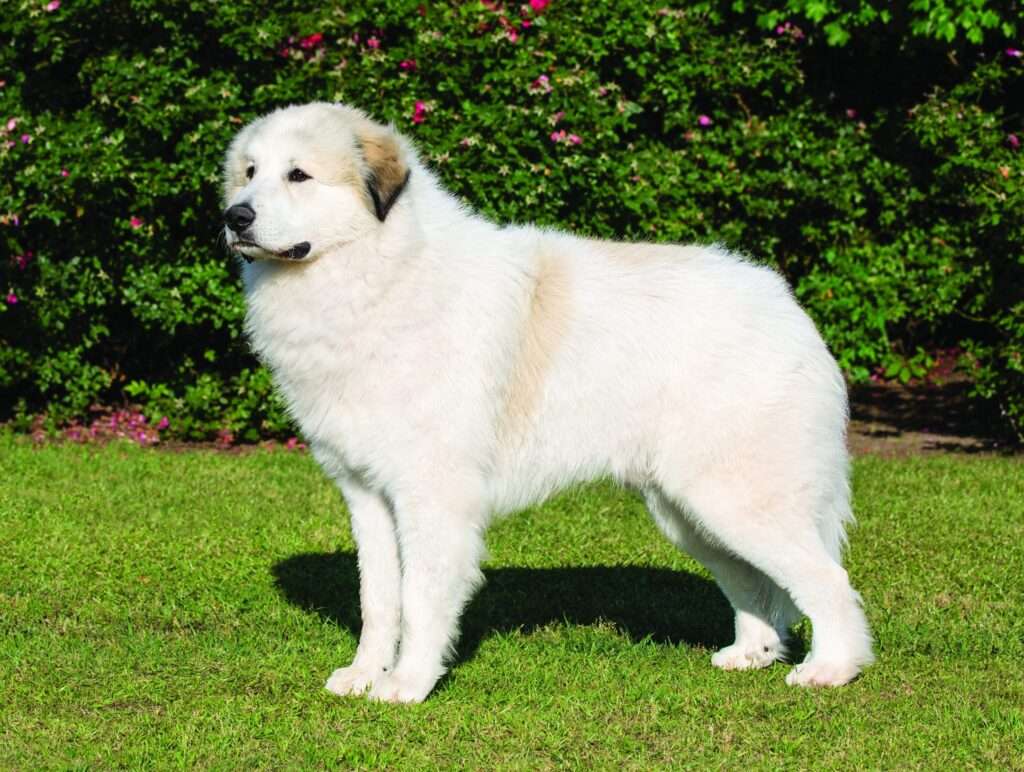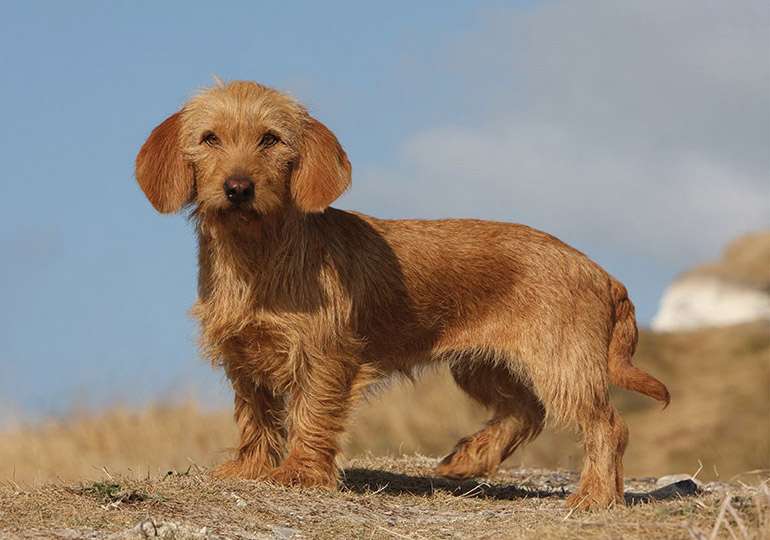
The Pyrenean Mountain Dog, also known as the Patou in France, is a breed of livestock guardian dog. The Pyrenees Mountains, which divide France and Spain, are home to this breed. Large and solidly built, the Pyrenean Mountain Dog is a breed of livestock guardian dog.
Morphological Characteristics
The breed’s head is not excessively enormous in relation to its body; it has small triangular ears that hang flat to the head and a long, broad, somewhat pointed muzzle with lips that are not pendulous. The breed has a long tail that hangs low when the dog is at rest but curls over the dog’s back when the dog is aroused. It also has a short, powerful neck, a broad, moderately deep chest, and a moderately deep chest. The breed has a long, flat outer coat that is especially long around the neck, tail, and backs of the legs, and it also has a thick, fine undercoat that protects it from the elements.
Care as a Pet/ In Captivity

Grooming
Up to once every six weeks, this magnificent dog can be bathed every other week. This breed sheds moderately to heavily, therefore regular grooming is necessary, particularly thorough brushing once or twice a week. Although their coats don’t typically mat, combing will assist prevent shed hairs from entering your home.
You will still notice white Pyr hair on all of your clothes and furniture, though, given the size of the dog. Your dog will only need to be bathed once every few months because of the way their coats naturally lose dirt. However, because the dog’s coat shields him from the sun during warmer weather, it is not advised to trim or shave him.
Diet and Nutrition
A Pyr could benefit from a brand made for large breeds and should be fed two meals each day of up to three cups of dry dog food each. The quantity your dog needs is influenced by their size, degree of activity, age, and other elements. With your veterinarian, go through the specific nutritional requirements for your dog. In order to avoid obesity and overfeeding, keep an eye on your dog’s weight.
Training
Pyrs can be challenging to train since they were raised to be intelligent, independent watchdogs for flocks. They work best with owners who have prior dog-training experience and require constancy. This breed needs socialization from an early age because they are inherently wary of strangers.
Exercise
Even though they are not very high energy, Pyrs need a considerable bit of exercise every day because they are working dogs. Pyrs should be walked for at least 30 to 40 minutes each day, but they are versatile and can tolerate up to two hours of exercise. This breed can be walked on a leash, but when free from a leash, they may have a tendency to stray. They function best when given access to a sizable, securely gated yard where they may roam and patrol.
When training your Pyrenees, extra care should be given to avoid exposure to extremely hot conditions since the breed is prone to overheating. However, they thrive when exercising in the cold.
Table





